With summer here, you’re probably thinking about how to keep your home cool. But have you considered that your car also needs protection from the heat?
Most vehicles aren’t designed for extreme temperatures. They need special care when the mercury rises, particularly during summer road trips.
Driving an overheated vehicle can cause expensive damage. Running too hot can degrade engine oil, ruin gasket seals and seriously damage the engine.
Ensure a carefree summer on America’s highways and byways by paying attention to these things.
1. Radiator
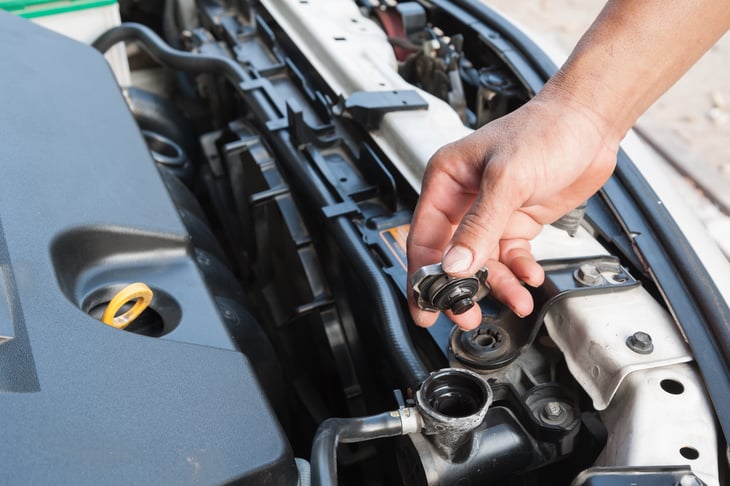
The point of a radiator is to keep your engine running cool. Check the coolant level at least every oil change, and have the system flushed every 24,000 miles or two years.
Radiator fluid can come in several colors — most commonly orange or green — but it should not look milky or rusty. If it does, have a mechanic flush and inspect the system.
Never remove the radiator cap when the engine is hot — the coolant could be boiling under pressure and gush out, burning your face or arms.
2. Hoses
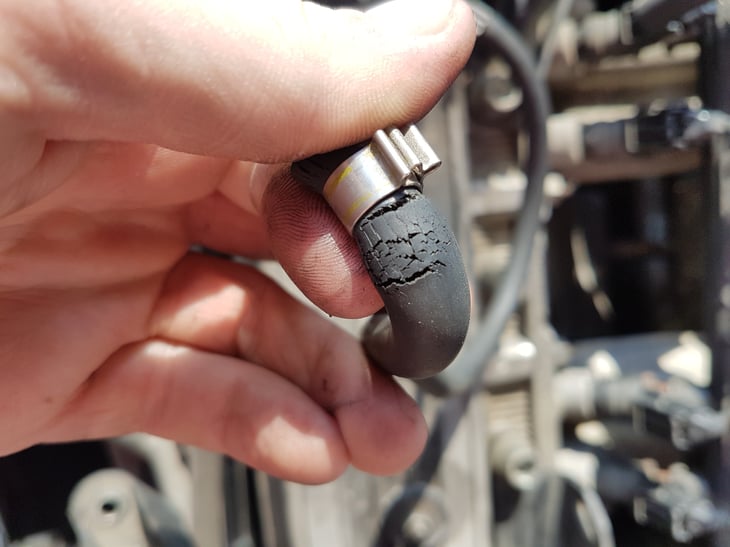
Extreme heat can damage a worn hose. Hoses are usually good for at least four years, but not always. Check them visually for leaks, cracks and peeling.
While the engine’s still warm, squeeze along the hose’s length — it should feel firm, but not hard. If the hose is spongy or soft in even one section, replace it before it fails and causes bigger problems.
3. Oil
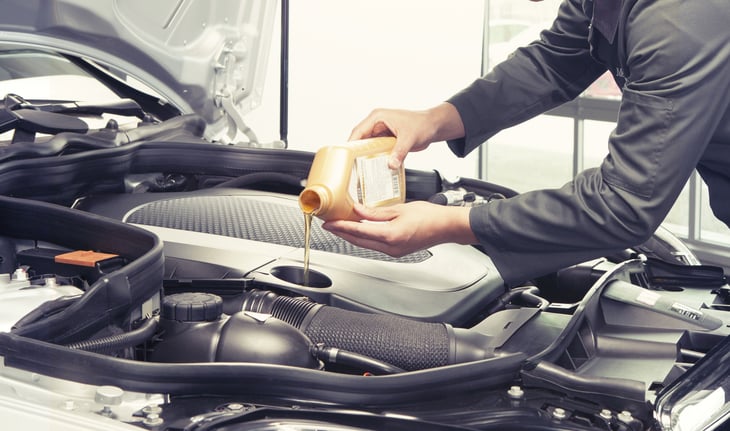
Oil lubricates a lot of moving parts and helps prevent overheating. If you’re low on oil — or the oil hasn’t been changed recently — you’ll put more pressure on your engine and your budget.
It’s easy to check, so make a regular habit of it. As long as the oil is a yellowish-brown — dark oil “needs a change,” milky oil “needs a mechanic” — and rises to the proper level indicated on your dipstick, you’re OK.
Oil should be changed roughly every 5,000 to 7,500 miles, depending on your driving and the instructions in your owner’s manual.
4. Battery
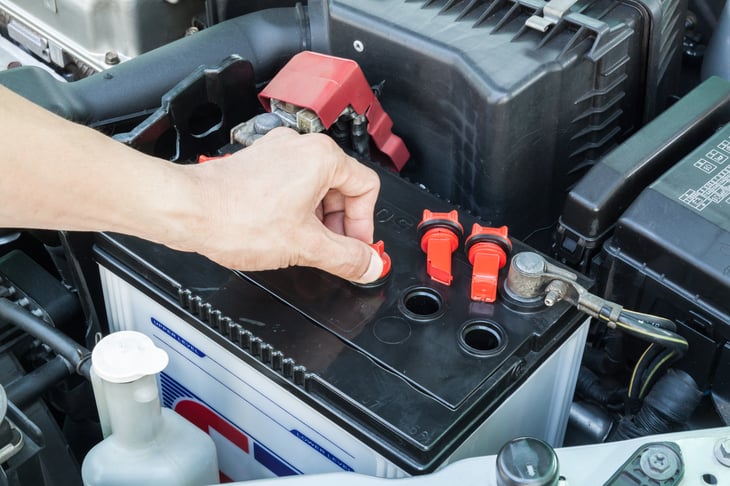
Battery problems are often associated with winter, but summer heat also can be tough — even fatal — for your battery.
Some auto places will check your battery free of charge, and most recommend you replace it every three years.
With the engine off, check for frayed wires and corrosion (a powdery buildup) around the terminals, where the cables are clamped to the battery posts. Make sure the clamps are firm, too.
If there is corrosion, don’t clean it with your bare hands — it’s acid. You can scrub it off with a disposable toothbrush and a mixture of baking soda and water.
5. Air conditioning
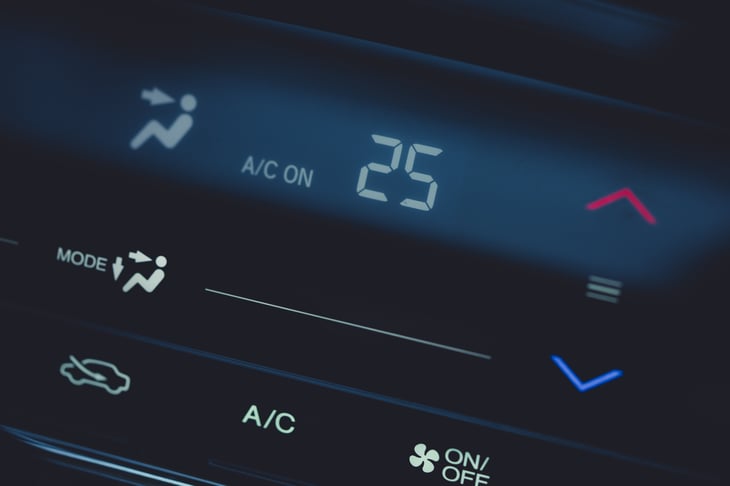
You want your air conditioning at its best in the summer. An easy way to check is to stick a thermometer through the vent to see how cool the air is.
If it’s not as cool as you’d like, the first thing to try is checking and replacing your car’s cabin air filter — it’s a $10 job you can handle yourself. It should be done every 20,000 miles.
If that doesn’t help, it’s time to see a mechanic.
6. Temperature gauge
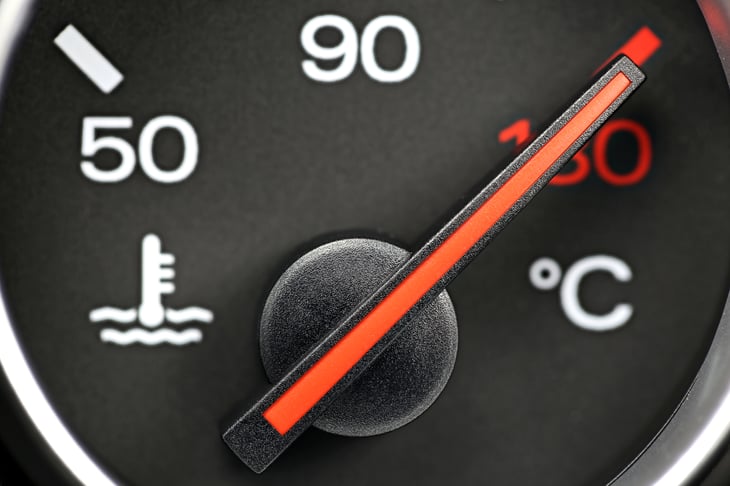
Keep an eye on your temperature gauge and make sure it registers cool.
High speeds, idling in traffic, running the AC or pulling a heavy load will cause your car to heat up faster. If you’re worried you may be close to overheating, here is a trick: Turn the air conditioning completely off and instead put the heater on high. This will vent some of the engine heat — right into your face, but it’s better than the alternative.
Don’t keep driving while your temperature gauge is in the red zone. Give the vehicle time to cool down, and phone for help. Driving your overheated car can result in repairs that can cost thousands of dollars.
7. Tires
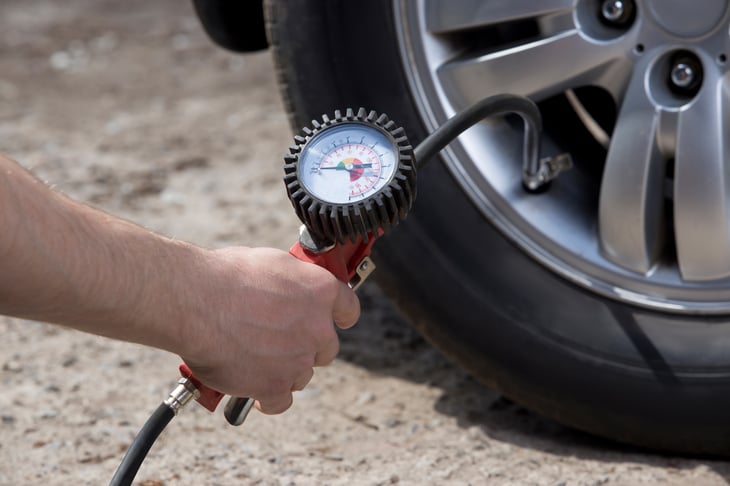
Heat affects tire pressure, so extreme weather introduces the risk of underinflation or overinflation. Use a hand pressure gauge to make sure your tires’ pressure matches what is in the owner’s manual or the specs listed on the side of the tires.
Check your tire treads with a penny: If you can see all of Abe’s head when you insert the 1 cent coin, you don’t have enough tread.
You can get your mechanic to check all this. He or she also can check the tires’ alignment and balance.
8. Emergency kit
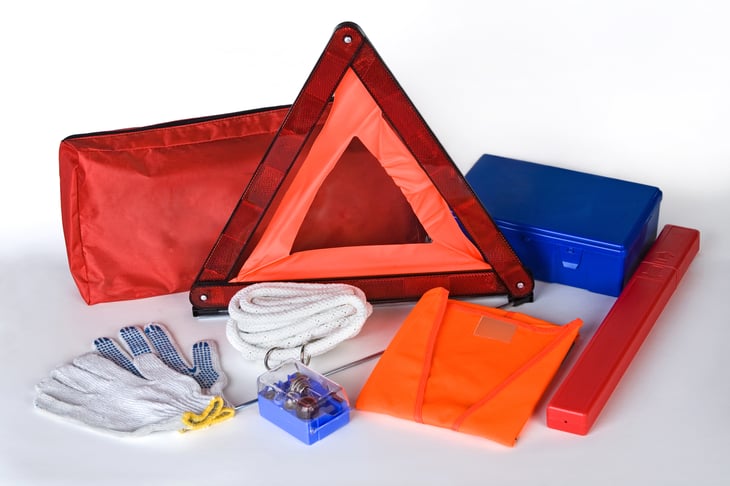
Sometimes, even a reasonably well-maintained car will break down. Be sure you’re prepared for an emergency with some basic supplies, including water for the radiator, jumper cables, a flashlight and batteries, and a first-aid kit. Make sure you have an external charger for your cellphone as well.





Add a Comment
Our Policy: We welcome relevant and respectful comments in order to foster healthy and informative discussions. All other comments may be removed. Comments with links are automatically held for moderation.